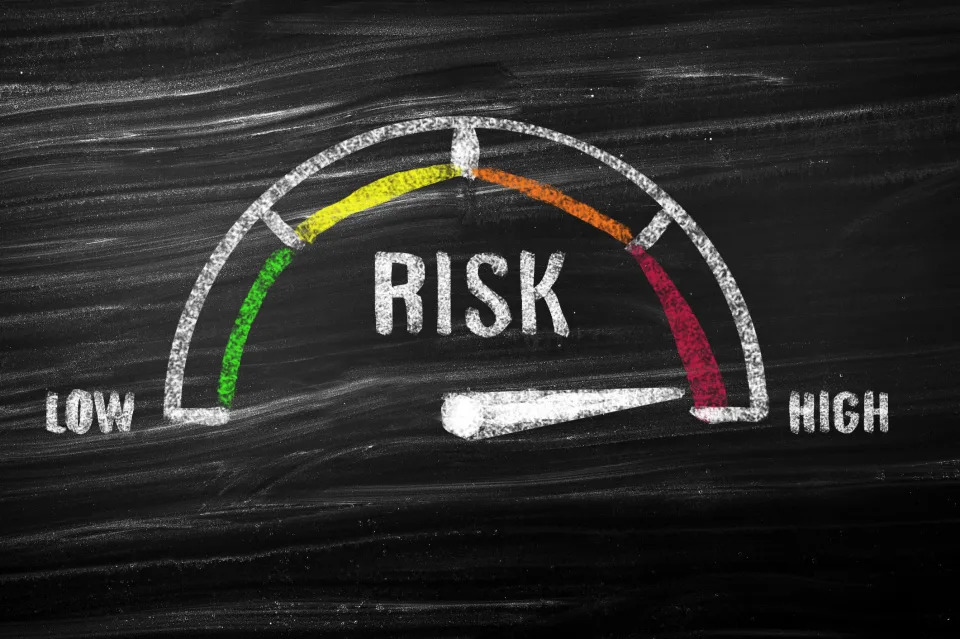
SoFi Technologies (NASDAQ: SOFI) is undoubtedly an up-and-coming financial services provider. Its all-digital solutions and seamless user experience are catching on with customers.
But the shares have been wildly disappointing. They now trade more than 70% below their peak. They have tanked about 30% this year alone, which is troubling, considering the 17% rise of the Nasdaq Composite index (as of Aug. 15).
You might be considering buying this beaten-down fintech stock right now in the hopes that a turnaround is in the cards. But before you add SoFi to the portfolio, it's critical you take the time to understand one very important risk factor.
Personal loan activity
SoFi was founded in 2011 with the goal of providing financial solutions for college students. However, the business has changed course in recent years.
Since the start of 2022, a period that spans 10 quarters, SoFi originated $31 billion worth of personal loans. This total is substantially more than the roughly $6 billion of student loans that it originated. Consequently, as of June 30, 62% of SoFi loans on the balance sheet are represented by personal loans.
The average yield on the company's personal loans is more than twice that of student loans. From SoFi's perspective, personal loans are inherently riskier. That's why it charges higher rates to compensate for the potential of a default .
With economic uncertainty at the top of everyone's mind, SoFi could be staring at big losses in an adverse situation. When times get tough, people will make paying for essentials a priority. They could end up missing their loan payments. In Q2, the annual default rate for personal loans was near 5%.
One could also argue that, due to persistent inflationary pressures and the fact that Americans have a record $1.1 trillion of credit card debt outstanding, the rise in personal lending activity is a clear indicator of tough times ahead. We will have to wait and see.
For what it's worth, Chief Financial Officer Chris Lapointe did mention on the Q2 2024 earnings call that the average SoFi personal loan customer has an annual income of $168,000 and a FICO score of 757. In theory, this should mitigate the risk of huge default losses. However, in a recessionary period, you can still expect even affluent consumers to feel some pressure.
As we look ahead, perhaps SoFi will start to return to its roots. The end of the student loan moratorium in the fall of last year, when payments resumed for borrowers, could help drive more refinancing activity. We're already seeing SoFi benefit.
In the latest quarter, the business originated $737 million worth of student loans. That figure was up 86% year over year. It represented almost 14% of all lending activity during the three-month period, well ahead of Q2 2023's proportion.
Should you still buy SoFi stock?
Investors should always identify and understand the risks that their businesses face. Appreciating any downside factors is critical before buying shares in a company because you figure out what can actually go wrong.
Nonetheless, I still view SoFi as a worthy investment candidate. I mentioned earlier how well the products and services resonate with consumers. The current customer base of 8.8 million is 41% larger than a year ago, showcasing outstanding gains. This helped propel revenue growth of 20% in Q2.
More importantly, and a trend that reduces financial risk, is the fact that SoFi has now reported three straight quarters of net income in accordance with generally accepted accounting principles ( GAAP ) .
The stock has gotten hammered. However, the underlying business is still growing the top line at a brisk pace. And the bottom line is set to soar in the years ahead, according to the leadership team. The historically cheap price-to-sales ratio of 2.9 adds more upside for the patient investor.
Before you buy stock in SoFi Technologies, consider this:





